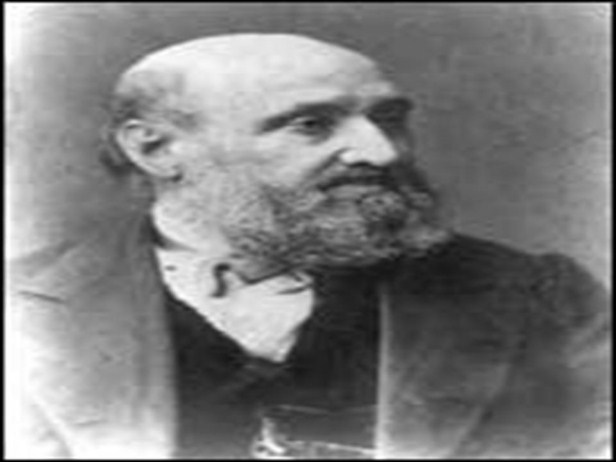 |
William Far, November 30, 1807-April 14, 1883, in the 1850ís found the
answer to the spread of cholera in London, England. Farr gathered
statistical evidence to try to support the miasmic theory. He demonstrated
statistically that cholera was spread by polluted air by showing that the
likelihood of dying of the disease was linked to the height that the victims
lived above the River Thames. He interpreted this as support for the miasmic
theory - the air at lower altitudes being dirtier. However he also obtained
details of where different water companies drew their water, and generated
statistics on the number of deaths per water company. He discovered that
people supplied with water from two companies in particular- the Southwark &
Vauxhall and the Lambeth water companies - which drew their water directly
from the Thames were particularly likely to suffer from cholera. There was
an another cholera epidemic in 1866, by which time John Snow had died.
William Farr now accepted Snow's explanation. Farr produced a monograph
which showed that mortality was extremely high for people who drew their
water from the Old Ford Reservoir in East London. By this time, the germ
theory of disease had become more widely accepted and Farr's work was
considered conclusive. The consequence was that public health measures were
now directed towards the real cause of cholera. In particular, large
engineering projects were started in many cities to collect and treat
sewage, ultimately eliminating the disease in industrialized countries.
|
